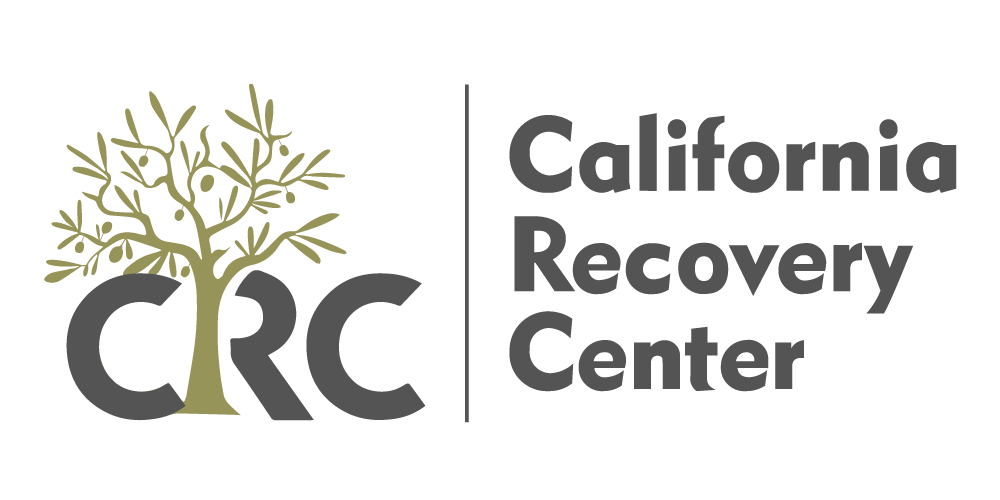The effects of addiction stretch far beyond the physical and psychological struggles an addict faces each day. Addiction, whether to alcohol, prescription drugs, or illicit drugs, impacts employers and the workplace as a whole. The stigma often associated with addiction is one of unemployment. Therefore, when people think of the impacts of addiction, they often do not realize that more than 75% of illicit drug users are indeed gainfully employed.
Employees who are addicted to drugs or alcohol are more likely to miss work, file workman’s compensation claims, and (in some cases) these employees become a greater liability to the organization. As an employer, it is essential to recognize the signs of substance abuse in the workplace to better help your employees seek help for their addiction at a treatment center.
What Are the Signs of Substance Abuse in the Workplace?
As with substance abuse in general, some of the most common signs of substance abuse in the workplace are physical and behavioral changes.
Physical Changes
Physical symptoms of substance abuse are often easier to notice when compared to physiological signs. The most common signs employers may see include red, watery eyes, runny nose and sniffles, shaking hands, sweaty palms, and a general loss of interest in personal care and hygiene.
Unexplained Absences and Tardiness
Someone struggling with a substance use disorder may struggle to fulfill their employment-related obligations. In many cases, they are likely to call in sick or show up late for work. In some, they may experience frequent job turnover due to issues related to substance abuse.
Behavior and Personality Changes
When someone has a substance use disorder, distinct changes in their personality and behavior are common. In many cases, no clear or identifiable cause explains a noticeable shift in their mood. Some common behavioral signs that may indicate substance abuse in the workplace include moodiness, irritability, difficulties focusing, lack of energy, reduced motivation, and reduced work ethic. You may also notice an increased need for “personal time” during the day. They may make abnormally frequent trips to the restroom for various reasons, including using or gastrointestinal disturbances that arise from substance use.
How to Get My Employee Help With Their Addiction
Millions of Americans test positive for illicit drugs during workplace drug screens each year. The effects of drug use in the workplace cost employers over $600 billion each year, primarily due to lost productivity. Alcohol and drug use disorders are costly and dangerous for employers of all types if not effectively addressed. There are several things employers can do to encourage employees to seek addiction treatment and begin the recovery process.
First, programs addressing alcohol and drug use in the workplace have proven effective across many industries. A key example includes Employee Assistance Programs (EAPs). These highly effective programs support and encourage addiction treatment and recovery through confidential assessments, short-term counseling options, and referrals to addiction treatment programs. Knowing they have access to a confidential resource encourages the desire to seek potentially life-saving addiction help for many employees. Another way to help employees is by providing information about peer-based addiction prevention programs. Using social support formats, these programs can help employees initiate the treatment and recovery process or maintain long-term recovery after seeking treatment.
Noticing the signs and symptoms of substance abuse in the workplace is vital to helping employees get help with their addiction before it affects their health and well-being. Everyone experiences addiction differently, and knowing which signs to watch for may be difficult for employers who only see members of their workforce during limited hours each day. If you are concerned about what to watch for or about a particular team member, contact us today. Let our admissions team provide support and guidance so you can help your employee get help with their addiction.




